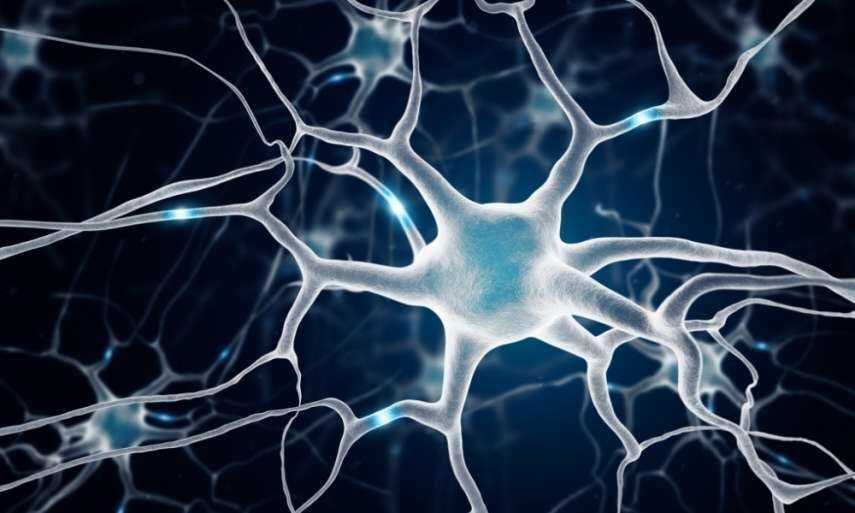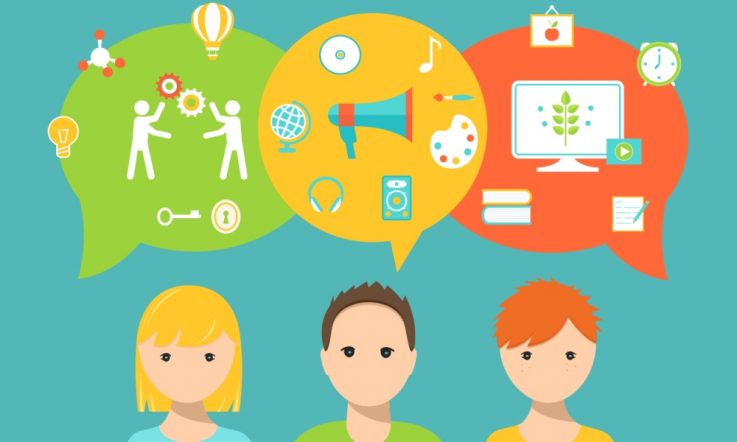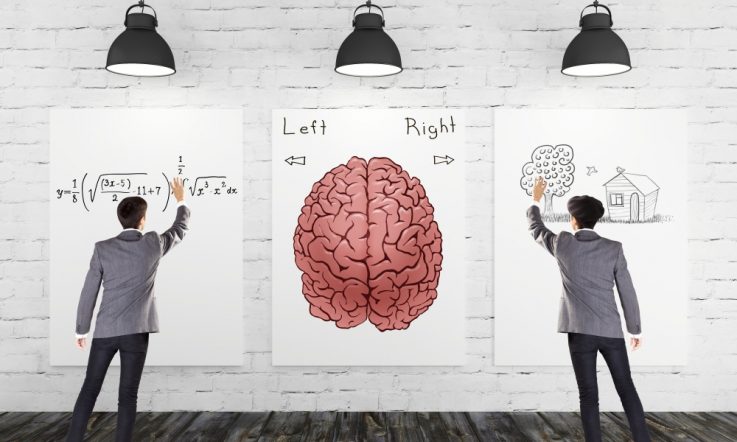This is an edited version of an article that was originally published in the April 2010 print edition of Teacher.
Most educators these days are aware that scientific advancements in brain research and imaging technology have changed cognitive psychology and neuroscience forever. They’re also aware that some of the discoveries from this research have implications for what they do in schools and classrooms.
Educational neuroscience looks at how our understanding of the human brain can affect the curricular, instructional and assessment decisions that teachers make every day. It provides educators with an opportunity to reflect on research that can have an impact on their educational practices.
My mission is to spread the word about these findings from neuroscience, to help educators to update their knowledge of the teaching-learning process.
The nature-nurture debate
The long-held notion that we’re the product of our genes or else of our environment is obsolete. The discovery of gene expression has changed all that. We now know we operate through a mix of nature and nurture. Certain genes, for example, those moderating shyness or aggressiveness, have the capacity to express themselves when provoked by circumstances and behaviours in the environment. This implies that schools have a far greater impact on brain development than we realise.
Mirror neurons and social climate
Adding gene expression to the recent discovery of mirror neurons that anticipate another’s mood or mimic one’s actions means that schools must pay much more attention to their social environment.
Schools tend to be so focused on academic study and testing that they’re often unaware of the powerful impact that social and cultural forces have on students. To what degree do students feel welcomed and respected by their peers and teachers? How much will they succumb to peer pressure? What risks are they willing to take to feel socially accepted? Imaging studies have revealed the brain regions that appraise the meaning of an event and decide what emotional response to use in a social context.
These and other findings have spawned social cognitive neuroscience. School culture is characterised by the openness or otherwise of communication, the level of expectations, the recognition and appreciation for effort, involvement in decision making, and the degree of caring. All of these affect an individual student’s self-esteem. Educators need to pay much more attention to strengthening the positive aspects of the school’s social and cultural climate.
Neurons do regenerate
Contrary to another long-standing belief, neurons do regenerate, a process called neuro genesis. Diet and exercise are contributing factors to this process, but so is learning. Learning causes neurons to rewire themselves and establish new networks, especially when the learning is pursued in depth in a creative environment and with low stress.
New views on memory
Views about working or temporary memory are changing. We know working memory has age-related capacity limits that are often exceeded when teachers try to cram too much into a lesson.
Learners can hold items in working memory longer than previously thought – up to several weeks. They then discard them when they serve no further purpose – in many cases that’s after they take the test.
This explains why students can pass a test on a topic today and hardly remember it several months later. Teachers hope students will remember forever what they were taught, and new knowledge about memory systems can help make that possible.
Success with learning disorders
We know more about learning disorders, such as dyslexia, attention deficit hyperactivity disorder and autism. These newer understandings are leading to successful interventions with children who have these learning disorders.
The success with dyslexia is breathtaking, but too few teachers know about it. Research evidence has shown that the brain could rewire itself – a process called neuroplasticity – as a result of environmental input, and at a faster pace than originally thought.
This finding led researchers to examine the brain scans of young struggling readers, many diagnosed with dyslexia, and eventually to devise computer programs and procedures that actually rewired their cerebral networks to perform more like good readers.
Looking at the gifted brain
The gifted brain is different in several ways from the brain of typical learners. Some of these differences are due to genetic predispositions, but others may result from environmental influences.
Different brain regions are involved in processing logical and creative tasks, implying that school experiences can raise the intellectual level and increase the creativity of all students.
The arts develop the brain
We now recognise more than ever how the arts contribute to brain development. Consider this: we’ve never discovered a culture on this planet without music, art and dance.
Despite this, such arts are often thought of as frills that are reduced or discontinued when money gets tight. The arts develop the critical skills students need to succeed in the 21st century: visual-spatial ability, attention and concentration, and creativity – yes, it can be learned.
Movement enhances learning and memory
The typical classroom setting where students just ‘sit and get’ has been challenged by research findings showing that the brain is more active when learners are moving around.
Movement brings additional fuel carrying blood to the brain. It also allows the brain to access more long-term memory areas, which is an ancient survival strategy, thereby helping students make greater connections between new and past learnings.
Emotions affect learning
Teachers need to understand the biology of emotions, especially stress, and recognise that students cannot focus on the curriculum unless they feel physically safe. This means that in addition to no threats of violence, they are emotionally secure and perceive that teachers respect them and care about their success.
The varying pace of brain development explains the behaviour of children and adolescents. Teachers are well aware of the unpredictable and often risky behaviour of pre-teens and adolescents.
Emotional outbursts and physical aggression can be common for these youngsters. We often blame these behaviours on ‘changing hormones.’ A landmark longitudinal study of brain growth using imaging technology, though, revealed that the emotional areas of the brain are fully developed around the age of 10 to 12 years, but the regions responsible for rational thought and emotional control mature closer to 22 to 24 years of age.
This finding doesn’t excuse child and adolescent misbehaviour, but it does explain it, and suggests more appropriate interventions, beyond saying, ‘You should’ve known better.’
Sleep is important for retention
Researchers have found that during sleep the brain is incredibly active, carrying out processes that help the brain to learn, make connections, remember and clear out clutter. A brain that is deprived of sleep has trouble capturing all sorts of memories.
Studies have shown that sleep-deprived students are more likely to get poorer grades than students who sleep longer, and are more likely to get depressed. With sufficient sleep, students have a better chance of remembering all the good information and skills they learned in school that day.
The need for meaning
In the typical classroom, sense and meaning appear to be among the major criteria the brain uses in deciding what to encode to long-term memory. It’s worth using strategies that build links between the curriculum and the lives of your students, especially in this technology-driven global society.
For centuries, effective teachers discovered through experience what strategies to use and how to implement them, without knowing why the strategies worked, or didn’t work, on various occasions. The findings from studies in cognitive neuroscience are providing the why. When teachers know the why, they can be so much more masterful in applying their instructional strategies.
So as neuroscientists continue to discover the inner workings of the brain, as cognitive psychologists continue to look for explanations of learning behaviour and as educators continue to apply research to improve their teaching, this new field will greatly improve the quality and effectiveness of the educational experiences for children.
This is an edited version of an article that was originally published in the April 2010 print edition of Teacher. The author biography remains unchanged and may not be accurate at this point in time.



